How to Draw an Action-Packed Fight Scene
Creating an action-packed fight scene in your artwork is like orchestrating a thrilling dance between chaos and control. It’s not just about slashing swords or throwing punches; it’s about capturing the very essence of movement, emotion, and intensity. As an artist, your goal is to transport your audience into the heart of the action, making them feel every blow and every moment of suspense. In this article, we’ll explore various techniques and tips that will help you create dynamic and engaging fight scenes that resonate with viewers. Whether you’re a seasoned illustrator or just starting out, these insights will elevate your artwork to new heights.
To truly bring your fight scenes to life, it’s essential to understand the principles of motion. Think of it like a science experiment; every action has a reaction. By analyzing body mechanics, you can create believable actions that captivate your audience. Imagine a boxer dodging a punch—it's not just about the punch itself but also the fluidity of the dodge, the shift in weight, and the tension in the air. Understanding how bodies move can make your scenes feel more realistic and engaging. For instance, consider the following factors:
- Weight Distribution: How a character shifts their weight can indicate their readiness to strike or defend.
- Force and Momentum: The speed and power behind a punch can be depicted through exaggerated movements.
- Reaction Time: Characters need to react to their opponents, showcasing their reflexes and instincts.
By focusing on these elements, your fight scenes will not only look good but also feel authentic, pulling the viewer into the action.
Next, let’s talk about character design. Your fighters should be as unique as their fighting styles. A well-designed character can tell a story without uttering a word. Think about their backgrounds, motivations, and personalities. Are they a fierce warrior with a troubled past, or a cocky newcomer eager to prove themselves? Each aspect of their design should reflect their fighting style. For example, a character who relies on agility might have a lean build and flexible clothing, while a brute force fighter could be more muscular with heavier armor. Here are some tips for creating distinctive fighter profiles:
- Silhouette: A strong silhouette can make a character recognizable even from a distance.
- Color Palette: Use colors that reflect their personality—dark colors for a brooding character, bright colors for a more energetic fighter.
- Accessories: Unique weapons or gear can add depth to their fighting style and backstory.
Facial expressions are crucial in conveying the intensity of a fight. They can show fear, determination, or even rage, adding layers to your storytelling. Imagine a character facing their opponent—what do you want the audience to feel? A furrowed brow and clenched teeth can express determination, while wide eyes and an open mouth might depict fear. Learning how to effectively depict emotions will enhance the narrative aspect of your scenes.
Different emotions can dramatically affect a character's appearance. For instance, when illustrating fear, you might want to emphasize wide eyes, slightly parted lips, and tense muscles. On the other hand, determination can be displayed through a firm jaw, narrowed eyes, and a strong posture. These subtle differences can significantly impact how your audience perceives the fight.
Body language is essential for communicating a character's intent and emotional state. The way a character stands, moves, and reacts can say a lot about their mindset. A fighter who is poised and ready to strike will have a different stance compared to one who is retreating. By using posture and gestures effectively, you can amplify the drama in your action scenes. For example, a character leaning forward can indicate aggression, while one who is hunched over may be feeling defeated or scared.
Dynamic poses can truly bring your fight scenes to life. Think of it as capturing a moment in time, where every muscle and joint is engaged. When drawing, consider how to create fluid and energetic positions that convey movement and impact. Use exaggerated angles and foreshortening to emphasize the action. A punch thrown from a low angle can feel more powerful, while a jump can be accentuated by stretching the limbs to show the height of the leap. The more dynamic your poses, the more exciting your artwork will become.
Background elements can enhance the context of a fight scene. They provide a setting that complements the action, adding depth and interest to your illustrations. Whether it’s a bustling city street, a dark alley, or a mystical forest, the background can set the mood for the fight. Consider how the environment interacts with the characters—are they dodging around obstacles, or using the surroundings to their advantage? Integrating these elements thoughtfully will make your scenes feel more immersive.
Perspective can dramatically change the viewer's experience. By applying techniques such as one-point or two-point perspective, you can emphasize the scale and intensity of your fight scenes. For instance, a low-angle shot can make a character appear larger than life, while a high-angle shot can create a sense of vulnerability. Experimenting with perspective can add a whole new layer of excitement to your artwork.
Finally, don’t underestimate the power of special effects. Elements like motion lines, impact bursts, and even sound effects can elevate your artwork. These techniques help convey the energy and excitement of the action. For example, using motion lines behind a character can suggest speed, while impact bursts can illustrate the force of a punch. Incorporating these effects can make your fight scenes not just visually appealing but also more thrilling.
Q: What tools do I need to create action-packed fight scenes?
A: While traditional tools like pencils and paper work great, digital software can offer flexibility and a variety of effects. Programs like Photoshop or Procreate are popular choices among artists.
Q: How can I practice drawing dynamic poses?
A: Use reference images or study martial arts and dance to understand movement. Life drawing classes can also be very beneficial.
Q: Is it necessary to focus on backgrounds in fight scenes?
A: Yes! Backgrounds add context and enhance the overall atmosphere of your artwork, making the fight feel more immersive.
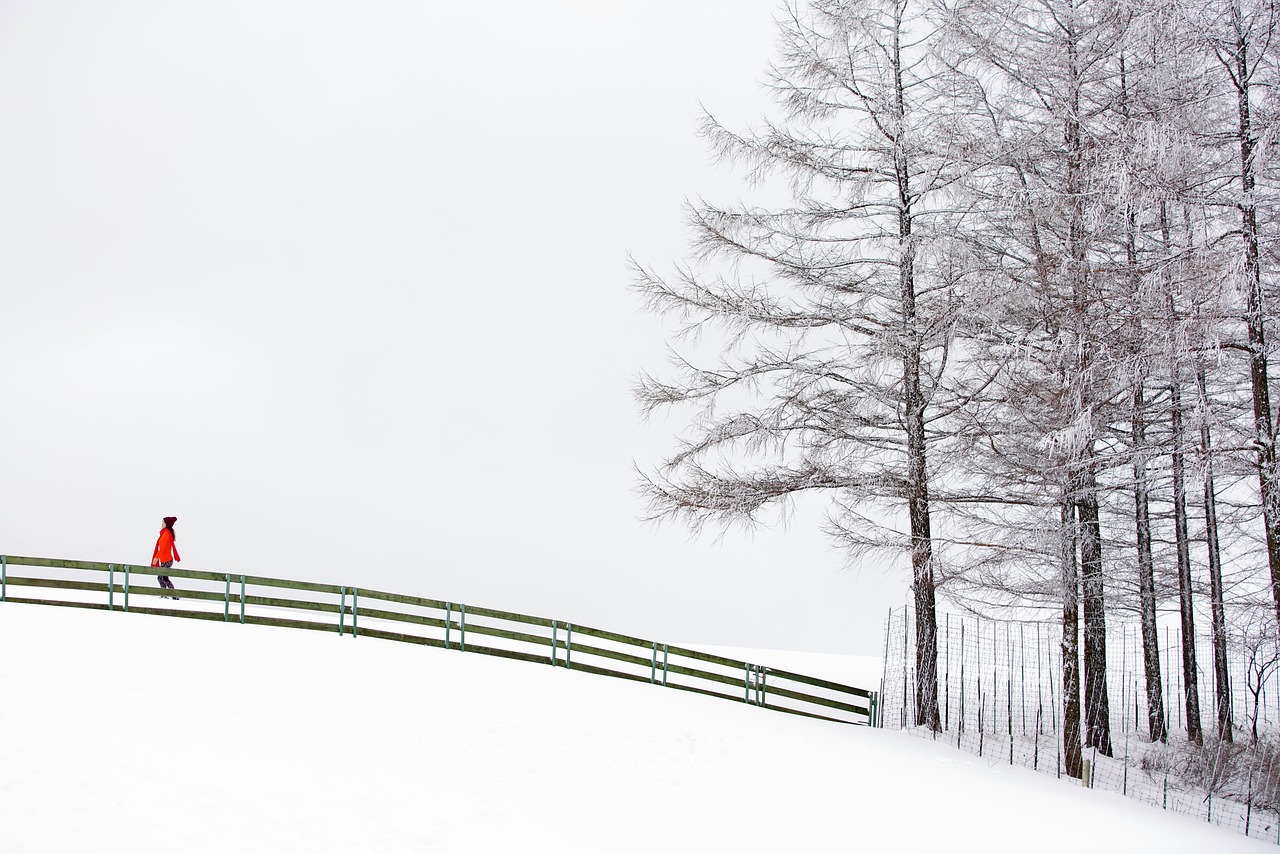
Understanding Action Dynamics
When it comes to drawing action-packed fight scenes, understanding the dynamics of motion is crucial. Think of it like a dance; every movement has a rhythm, a flow, and a purpose. If you can grasp the fundamentals of how bodies move, you can create scenes that not only look realistic but also feel alive. This means analyzing the body mechanics involved in fighting—how weight shifts, how limbs extend, and how energy is transferred from one part of the body to another. The more you understand these principles, the more believable your fight scenes will be.
One way to enhance your understanding is by observing real fights, whether in martial arts, boxing, or even in movies. Notice how fighters position themselves, how they react to each other's movements, and how they maintain balance. You can break down these actions into a series of key frames or moments that capture the essence of the fight. For instance, consider the following aspects:
- Stance: The initial position of a fighter can set the tone for the entire scene.
- Movement: How does a fighter advance, retreat, or dodge? Each movement should feel fluid.
- Impact: The moment of contact can be emphasized to convey power and intensity.
To further illustrate this, let’s consider a simple table that outlines some basic movements and their implications:
| Movement | Description | Effect on Scene |
|---|---|---|
| Jab | A quick, straight punch | Creates tension and anticipation |
| Roundhouse Kick | A powerful kick delivered in a circular motion | Shows agility and strength |
| Dodge | A quick movement to avoid an attack | Increases excitement and unpredictability |
By combining these elements, you can create a sequence that not only tells a story but also captivates your audience. Remember, the goal is to make the viewer feel the action. When a character throws a punch, the viewer should almost feel the wind from that punch. This level of engagement can be achieved through careful attention to detail and a solid understanding of action dynamics.
Lastly, don't forget the importance of gravity and force in your drawings. Every action has an equal and opposite reaction. If a character jumps high to deliver a kick, consider how they land. Will they stumble? Will they regain their balance quickly? These details add a layer of realism that can elevate your artwork significantly.
In conclusion, mastering the dynamics of action is about more than just replicating what you see; it's about understanding the underlying principles that make those actions believable. So, grab your sketchbook, observe the world around you, and start experimenting with these concepts. Your fight scenes will thank you for it!
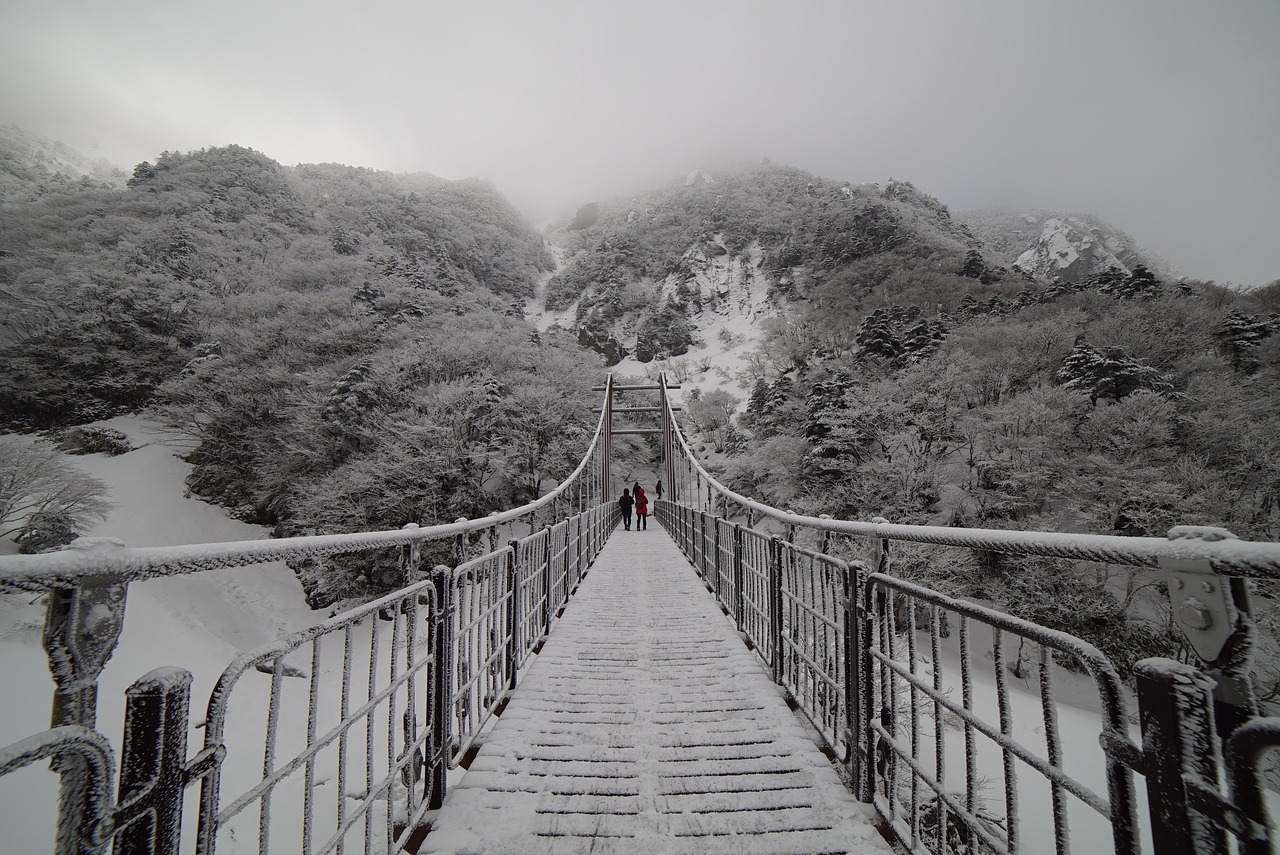
Character Design for Fighters
When it comes to creating memorable and engaging fight scenes, character design plays a pivotal role. Think of your fighters as the heroes and villains of a grand story; their designs should reflect not only their fighting styles but also their personalities and backgrounds. A well-designed character can evoke emotion and connection, making the audience root for them or feel the weight of their struggles.
To start, consider the physical attributes of your characters. Are they tall and muscular, or short and agile? Each trait can suggest a different fighting style. For instance, a character with a lean physique may excel in speed and agility, while a more robust fighter might rely on brute strength. Think of iconic fighters like Bruce Lee, whose lean frame was a testament to his speed and precision, or Mike Tyson, whose powerful build was intimidating in the ring.
Next, delve into the clothing and gear your characters wear. Not only do these elements serve a practical purpose, but they also communicate a lot about who the character is. A fighter dressed in traditional martial arts attire evokes a sense of discipline and honor, while a character in street clothes might suggest a more rebellious or unorthodox approach to combat. Consider adding unique accessories or insignias that reflect their personal history or affiliations, making them more relatable and intriguing.
Moreover, don't overlook the importance of color schemes. Colors can convey emotions and traits; for instance, red might symbolize aggression or passion, while blue can represent calmness or strategy. Using contrasting colors can also help to highlight the intensity of a fight scene. Imagine a character dressed in bright colors clashing against a dark, moody background—it creates a visual impact that draws the viewer's eye and emphasizes the action.
Another crucial aspect is the character's fighting style. This should be reflected in their design. For example, a character who specializes in grappling might have a stockier build with a low center of gravity, while a kickboxer might have longer limbs and a more dynamic pose. To illustrate this, you might create a table comparing different fighting styles and their corresponding character traits:
| Fighting Style | Physical Traits | Typical Attire |
|---|---|---|
| Boxing | Muscular build, strong arms | Boxing shorts, gloves |
| Karate | Lean and agile | Gi, belt |
| Wrestling | Stocky, low center of gravity | Singlet, wrestling shoes |
| Capoeira | Flexible, athletic | Loose-fitting clothing |
Lastly, remember that each character should have a backstory that informs their design. Perhaps they come from a lineage of fighters, or maybe they’re a self-taught street fighter. This history can influence their style, attire, and even their demeanor during battles. By weaving these elements together, you create a rich tapestry of character that not only enhances the fight scenes but also captivates the audience, making them invested in the outcome.
In summary, character design is not just about aesthetics; it’s about creating a narrative that resonates with viewers. By carefully considering physical traits, attire, color schemes, fighting styles, and backstories, you can craft fighters that leap off the page and into the hearts of your audience.
- What is the most important aspect of character design for fighters? The most important aspect is creating a design that reflects the character's fighting style and personality, making them relatable and memorable.
- How can I ensure my characters are unique? Incorporate distinctive physical traits, unique clothing, and personal backstories to set your characters apart from others.
- Should I focus on realism in character design? While realism can enhance believability, don't be afraid to incorporate stylized elements that fit the tone of your artwork.
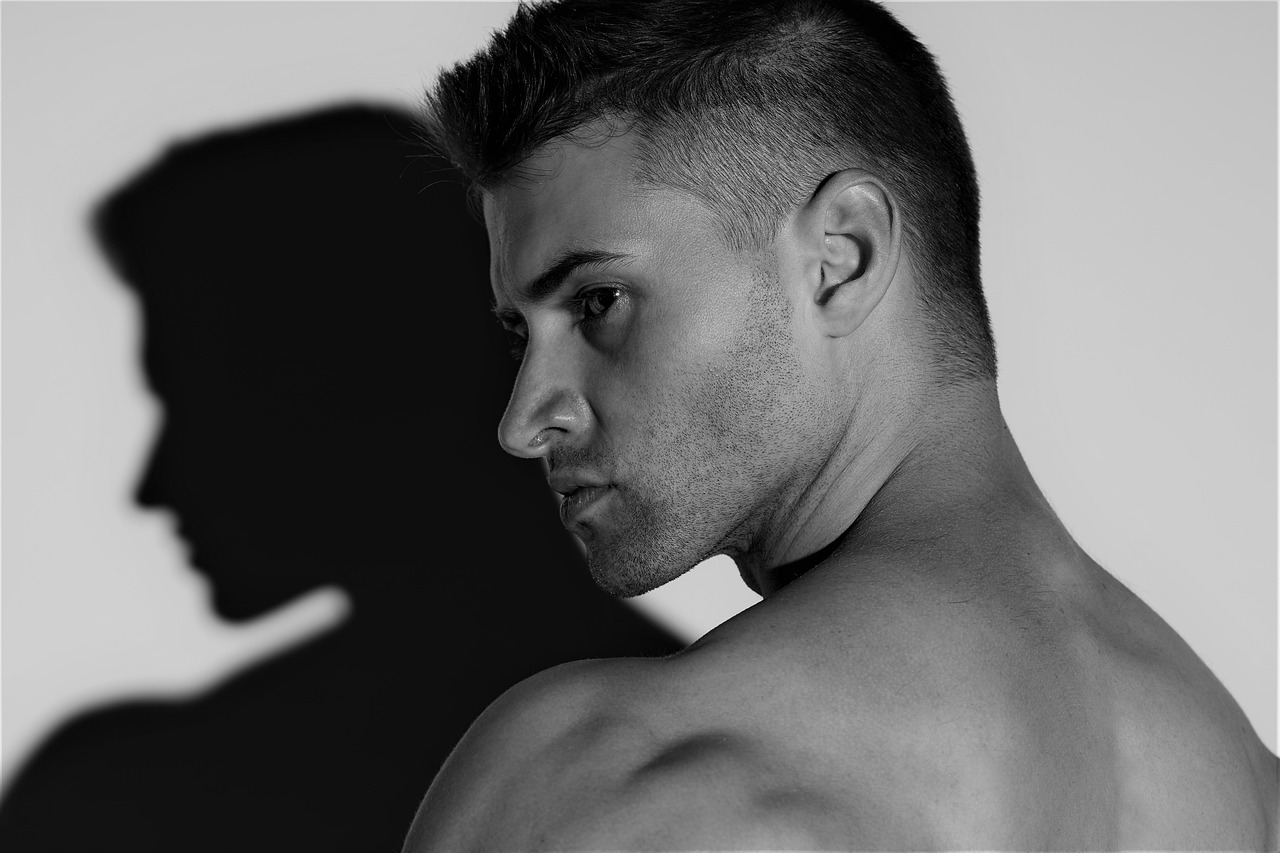
Facial Expressions and Emotions
When it comes to drawing action-packed fight scenes, facial expressions are the unsung heroes that can elevate your artwork from mere illustrations to powerful storytelling. Think about it: a character's face can tell a thousand words, conveying everything from sheer terror to unwavering determination. This is where your artistic skills truly come into play. You want your audience to feel the tension, the fear, and the adrenaline rush through your characters, and the best way to achieve this is by mastering the art of facial expressions.
To effectively capture emotions in your fight scenes, consider the following key aspects:
- Eyebrows and Eyes: The eyes are often referred to as the windows to the soul. A character's gaze can express a myriad of emotions, whether it's the fierce glare of an opponent or the wide-eyed shock of a surprise attack. Manipulating the eyebrows can further enhance these emotions; furrowed brows can indicate concentration or anger, while raised eyebrows can denote surprise or fear.
- Mouth Position: The mouth is another critical area for expressing emotions. A clenched jaw can signify determination or anger, while an open mouth might suggest shock or a scream. Pay attention to the subtle changes in mouth shapes to convey the intensity of the moment.
- Overall Facial Tension: The overall tension in a character's face can communicate their emotional state. A relaxed face might suggest calmness before the storm, while a tightly drawn face can indicate the stress of the fight. Remember, different emotions can dramatically alter a character's appearance.
Moreover, the context of the fight can influence how you depict these emotions. For example, if a character is on the verge of losing, their face might reflect desperation, while a character who is gaining the upper hand might wear a look of fierce determination. Think of it like a choreographed dance; every movement, every expression should tell a part of the story. You can even create a small table to summarize the various expressions and the emotions they convey:
| Expression | Emotion | Context |
|---|---|---|
| Furrowed Brows | Anger | Preparing to strike |
| Wide Eyes | Fear | Surprised by an attack |
| Clenched Jaw | Determination | Refusing to give up |
| Open Mouth | Shock | Witnessing a powerful move |
In conclusion, don't underestimate the power of facial expressions in your fight scenes. They can transform a static image into a dynamic narrative full of emotion and intensity. So, the next time you're sketching a battle between good and evil, take a moment to think about what each character is feeling. How can you convey that through their expressions? By doing this, you're not just drawing a fight; you're telling a story that resonates with your audience on a deeper level.
- What are the best ways to practice drawing facial expressions? Regularly sketching from references, studying emotions in real life, and practicing quick gesture drawings can significantly improve your skills.
- How can I make my characters' emotions more relatable? Consider incorporating universal emotions and expressions that viewers can easily connect with, such as fear, joy, and anger.
- Is it necessary to show all emotions in a fight scene? Not necessarily. Focus on the key emotions that drive the narrative forward and enhance the overall tension of the scene.
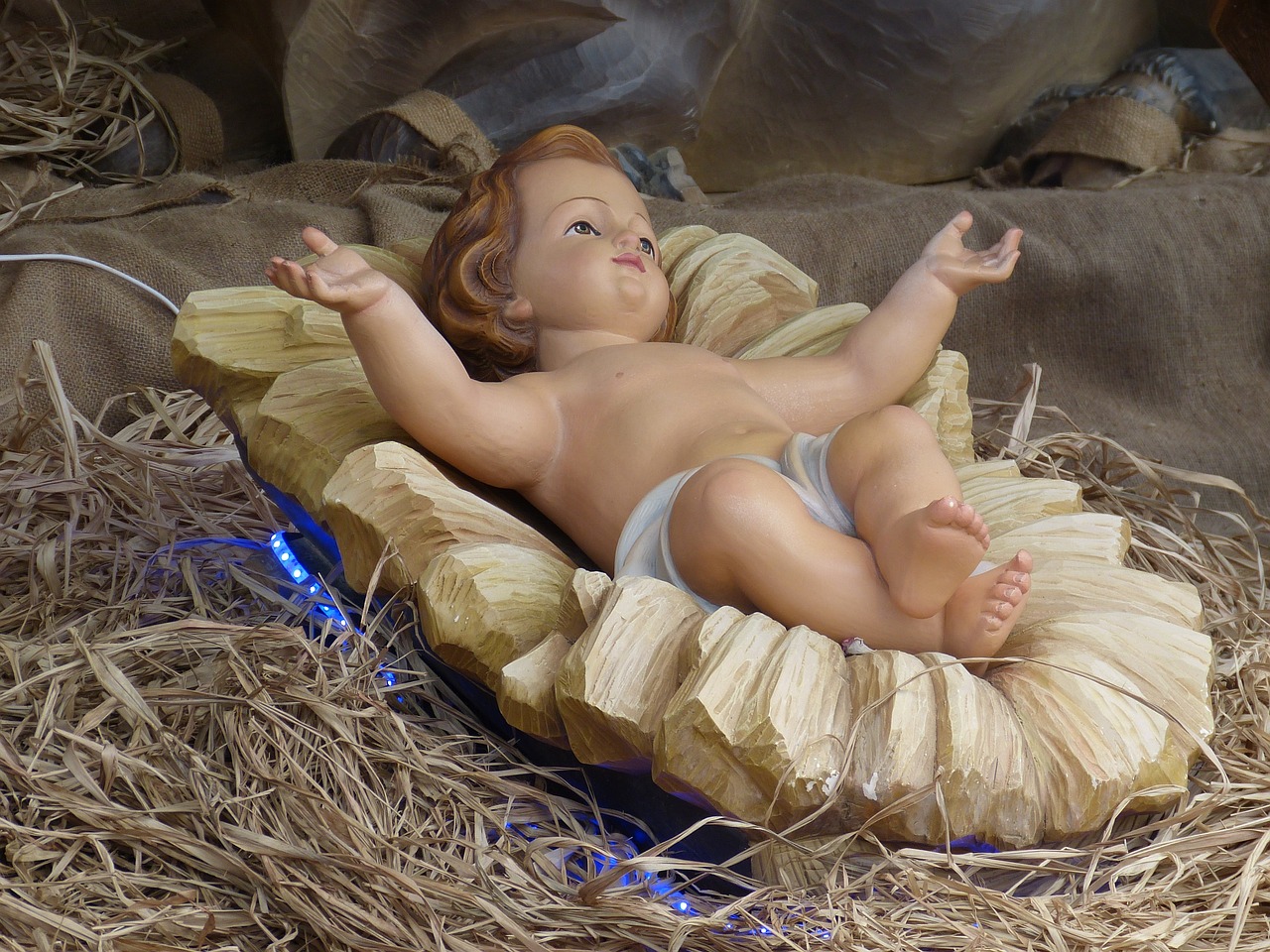
Capturing Fear and Determination
When it comes to illustrating fight scenes, capturing the emotions of fear and determination can significantly enhance the narrative. These emotions not only bring depth to your characters but also resonate with the audience, making them feel invested in the outcome of the battle. So, how do you convey these powerful feelings through your artwork? Let's dive into some techniques that can help you illustrate fear and determination effectively.
First, facial expressions are key. A character's face can tell a story in just a split second. For instance, a furrowed brow and wide eyes can depict fear, while a clenched jaw and narrowed eyes might suggest determination. It’s essential to practice drawing various expressions to understand how slight changes can alter the mood. Consider creating a reference sheet with different emotions displayed on the same character. This will help you visualize how fear and determination manifest physically.
Additionally, the body language of your characters plays a pivotal role. Fear often leads to defensive postures, such as hunched shoulders or a crouched stance, while determination can be illustrated through strong, confident poses. Think of a lion ready to pounce versus a rabbit caught in headlights. These contrasting stances can communicate volumes without a single word being spoken. Below is a simple table that outlines some common body language cues associated with each emotion:
| Emotion | Body Language Cues |
|---|---|
| Fear |
|
| Determination |
|
Another technique to consider is the use of color and shading. Darker shades can evoke a sense of dread or fear, while brighter, bolder colors can symbolize strength and determination. Don’t be afraid to experiment with color palettes that reflect the emotional state of your characters. For example, a character engulfed in shadows may be feeling fear, while one illuminated by a bright light could be embodying determination.
Finally, the context of the scene can amplify these emotions. Is the character fighting against overwhelming odds? Perhaps they’re up against a monstrous foe or faced with an impossible situation. By setting the stage with elements that signify danger or challenge, you can enhance the viewer's understanding of what your characters are feeling. Whether it’s a desolate battlefield or a crowded arena, the background can serve as a silent witness to the emotional turmoil unfolding in the foreground.
In conclusion, capturing fear and determination in your fight scenes is all about the interplay of facial expressions, body language, color, and context. By mastering these elements, you can create artwork that not only looks dynamic but also tells a compelling story, drawing the viewer into the emotional heart of the battle.
- What are the best ways to practice facial expressions?
Drawing from reference photos or observing real-life expressions can greatly improve your ability to depict emotions accurately. - How can I make my characters' emotions more relatable?
Incorporate universal human experiences and feelings into your characters' struggles, making it easier for the audience to connect with them. - What role does color play in conveying emotions?
Color can evoke specific feelings; for instance, cooler tones may suggest sadness or fear, while warmer tones often convey energy and determination.
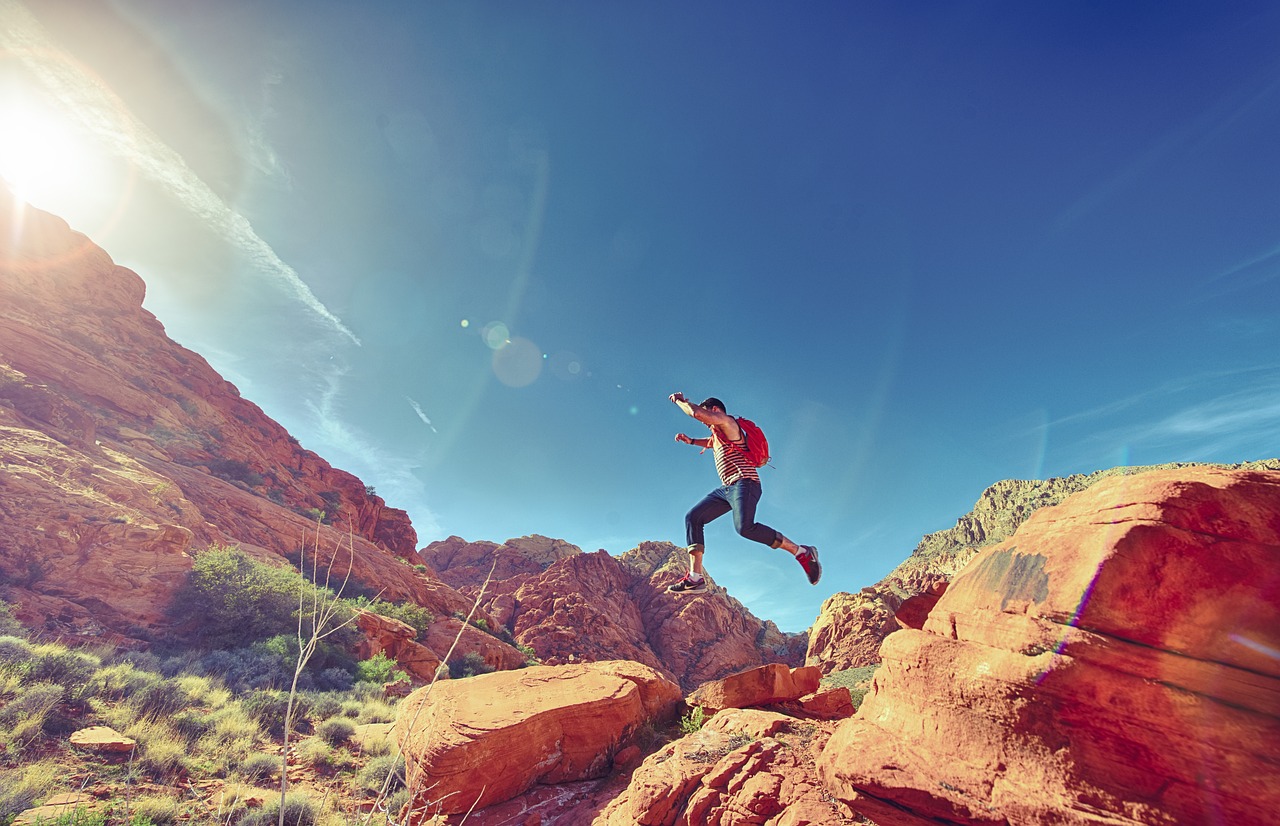
Using Body Language
When it comes to illustrating an action-packed fight scene, body language is your secret weapon. Think about it: a character's posture, stance, and movements can tell a story that words simply can't capture. It’s like watching a dance, where every twist and turn conveys emotion and intent. Body language can reveal a character’s confidence, fear, or determination, transforming a static image into a dynamic moment that resonates with the viewer.
To effectively use body language in your drawings, consider the following elements:
- Posture: Is your character standing tall, ready to take on any challenge, or are they hunched over, signaling defeat? The way a character holds themselves can communicate a wealth of information.
- Gestures: Quick hand movements or clenched fists can indicate aggression, while open hands may suggest a defensive or non-threatening stance. Think of gestures as the punctuation in your narrative; they add emphasis and clarity.
- Movement: The direction in which a character leans or the way they shift their weight can suggest their next move or intention. A character lunging forward is different from one who is retreating, and that’s crucial information for your audience.
Moreover, consider the emotional context when illustrating body language. For instance, a fighter who is afraid may have a more closed-off posture, perhaps with arms crossed or shoulders hunched. In contrast, a fighter filled with determination might have their chest out, chin up, and fists clenched, ready to face whatever comes their way. This contrast not only adds depth to your characters but also enhances the overall narrative of the fight scene.
Another important aspect is the interaction between characters. Body language can illustrate the relationship dynamics at play. For example, if one fighter is towering over another, it can create a sense of intimidation or dominance. On the flip side, if both characters are facing each other with equal stance and intensity, it can evoke a feeling of tension and rivalry. These visual cues can significantly enhance the storytelling aspect of your artwork.
In summary, mastering body language in your fight scenes is all about conveying emotion and intent. By paying close attention to posture, gestures, and movement, you can create more engaging and impactful illustrations that draw your audience into the heart of the action. After all, a picture is worth a thousand words, and when it comes to action-packed moments, body language speaks volumes.
- How can I improve my understanding of body language in art?
Observe real-life interactions and practice drawing from reference images or live models. Pay attention to how people express emotions through their posture and gestures.
- What are some common mistakes to avoid when illustrating body language?
Avoid making characters look stiff or unnatural. Ensure that their poses are fluid and reflect their emotional state. Over-exaggeration can sometimes lead to a lack of realism, so find a balance.
- Can body language alone tell a story?
Absolutely! While dialogue and setting are important, body language can convey a character's feelings and intentions without a single word being spoken. It’s a powerful tool in visual storytelling.
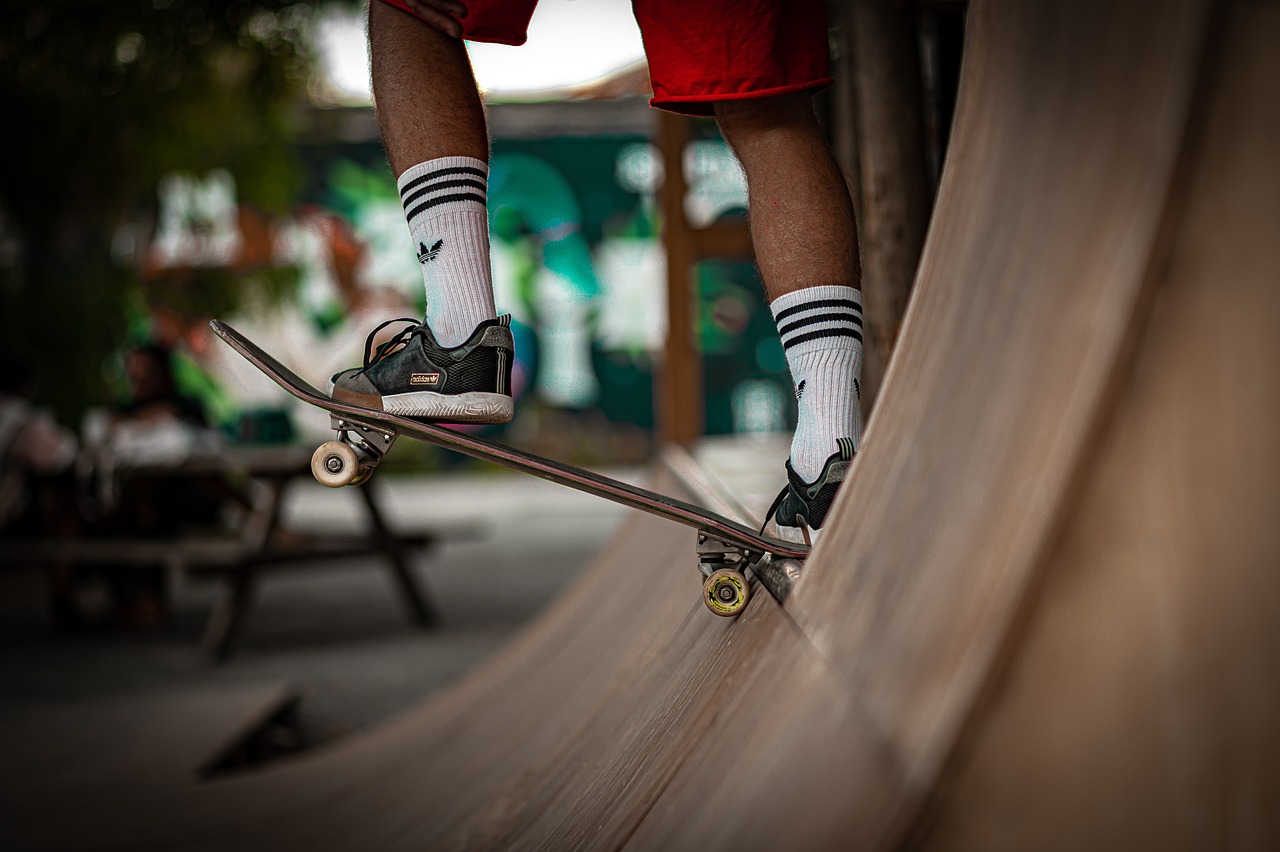
Creating Dynamic Poses
When it comes to drawing action-packed fight scenes, one of the most crucial elements is the ability to create dynamic poses. These poses are not just about making your characters look cool; they are about capturing the essence of movement and energy. Imagine a fighter mid-kick, their body twisted in a way that feels almost like a coiled spring ready to unleash its force. This is the kind of dynamism that can breathe life into your artwork and engage your audience.
To achieve this, start by observing real-life movements. Whether it's a martial artist executing a spinning kick or a boxer throwing a jab, understanding the mechanics of human movement is key. You can even film yourself or friends performing various actions to study how the body contorts and shifts. This practice can provide invaluable insights into anatomy and motion, allowing you to replicate those movements in your drawings.
Another effective technique is to utilize gesture drawing. This involves quickly sketching the essence of a pose without getting bogged down in details. Spend a few minutes capturing the overall flow and energy of the action. You might want to set a timer for one or two minutes per pose. This method helps you focus on the lines of action, which are the invisible lines that run through a pose and guide the viewer's eye. Think of these lines as the backbone of your composition, giving it structure and direction.
Incorporating exaggeration into your poses can also enhance their dynamism. Don’t be afraid to stretch and distort the anatomy slightly to emphasize the movement. For instance, if a character is about to throw a punch, you can extend their arm further than realistic proportions would allow. This exaggeration can convey the force and speed of the action, making it feel more intense and engaging. Remember, the goal is to communicate energy, not to create a perfect anatomical replica.
Additionally, consider the balance and weight distribution in your poses. A character in motion will shift their center of gravity, which can dramatically affect how they are perceived. When drawing, think about how the weight is distributed across their feet and how their body leans into the action. For example, a character lunging forward will have one foot planted firmly while the other might be in mid-air, creating a sense of forward momentum. This attention to detail can make your scenes feel more realistic and immersive.
Lastly, don't forget to integrate the environment into your poses. How does the character interact with their surroundings? Are they dodging behind a pillar or using a wall for leverage? Including these elements can provide context and enhance the narrative of your fight scene. You might even consider how the environment affects the pose itself. For example, if a character is fighting on uneven terrain, their stance might be more crouched or spread out to maintain balance.
In summary, creating dynamic poses requires a blend of observation, practice, and creativity. By focusing on the principles of movement, incorporating exaggeration, and considering the environment, you can elevate your fight scenes from static images to dynamic storytelling moments that captivate your audience.
- What are gesture drawings and how can they help?
Gesture drawings are quick sketches that capture the essence of a pose, helping artists focus on movement and energy rather than details. - How can I make my poses look more dynamic?
Incorporate exaggeration, observe real-life movements, and pay attention to balance and weight distribution. - Should I focus on anatomy when creating poses?
Yes, understanding anatomy is crucial, but don’t be afraid to bend the rules to convey energy and movement.

Incorporating Background Elements
When it comes to drawing action-packed fight scenes, the background elements play a crucial role in setting the stage for the drama that unfolds. Think of the background as the canvas that not only supports but enhances the action taking place in the foreground. A well-crafted background can provide context, heighten emotions, and even dictate the flow of the fight. So, how do you effectively incorporate these elements into your artwork?
First and foremost, consider the setting of your fight scene. Is it taking place in a bustling city street, a dark alley, or perhaps a mystical forest? Each location brings its own unique flavor and atmosphere. For instance, a fight in a crowded marketplace might introduce chaotic elements, such as bystanders reacting in shock or items being knocked over, while a duel in a serene forest could focus more on the characters' movements against a tranquil backdrop. This contrast can amplify the tension and excitement of the scene.
Next, think about the composition of your background. A well-composed background will guide the viewer's eye towards the action without overwhelming it. Use elements like leading lines or natural frames (like trees or buildings) to draw attention to the fighters. Additionally, consider the depth of your background. Layering elements can create a sense of three-dimensionality, making the scene feel more immersive. For example, you might have a blurred city skyline in the distance, with closer elements like debris or broken crates adding to the chaotic feel of the fight.
Another important aspect to consider is the color palette of your background. Colors can evoke specific emotions and set the tone of the scene. A dark, moody background with deep blues and blacks can create a sense of foreboding, while a bright, vibrant setting can convey energy and excitement. Think about how the colors interact with the characters as well; contrasting colors can help the fighters stand out, making them the focal point of the artwork.
Lastly, don't forget to add dynamic elements to your background that can interact with the fight. This could include things like flying debris, splashes of water, or even the impact of a powerful blow creating a shockwave. These elements can help to enhance the feeling of movement and intensity, making the scene feel alive. Consider using motion lines or impact bursts in the background to emphasize the energy of the fight. This not only adds excitement but also helps to convey the force behind the characters' actions.
In conclusion, incorporating background elements into your fight scenes is essential for creating a compelling narrative. By carefully selecting your setting, composing your elements thoughtfully, choosing an appropriate color palette, and adding dynamic interactions, you can create a rich and engaging backdrop that elevates your artwork to new heights. Remember, the background is not just a passive space; it is an active participant in the storytelling process.
- Why are background elements important in fight scenes?
Background elements help to provide context and enhance the emotional impact of the action taking place. - How can I choose the right setting for my fight scene?
Consider the mood you want to convey and how the environment can influence the characters' actions and emotions. - What techniques can I use to make my background more dynamic?
Incorporate elements like motion lines, debris, and varying color palettes to create a sense of energy and movement.
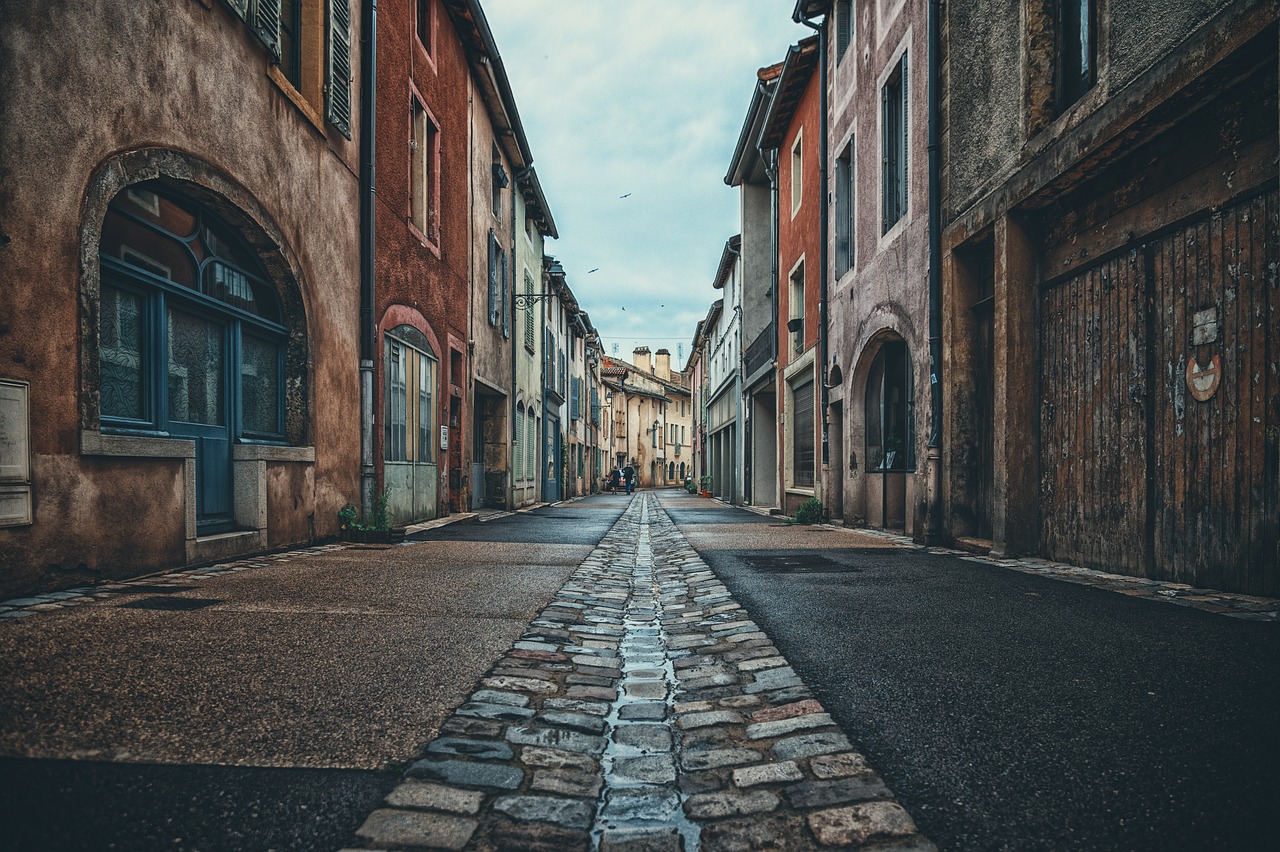
Using Perspective for Impact
When it comes to illustrating fight scenes, perspective is your secret weapon. It’s like the magic ingredient that transforms a flat drawing into a dynamic, heart-pounding moment. Imagine watching a movie where the camera swoops in and out, making you feel like you’re right there in the action. That’s the kind of impact you want to create in your artwork! By manipulating perspective, you can emphasize the scale of your characters and the intensity of their movements, making each punch and kick feel larger than life.
One effective technique is to use a low angle perspective. This approach can make your characters appear larger and more imposing, which is perfect for showcasing a powerful fighter about to unleash a devastating blow. Conversely, a high angle perspective can convey vulnerability, making it ideal for depicting a character on the defensive. By switching between these perspectives, you can create a visual narrative that keeps your audience engaged and on the edge of their seats.
Additionally, consider the foreground and background elements in your composition. Placing objects or characters in the foreground can enhance the depth of your scene, drawing the viewer’s eye into the action. For instance, if a fighter is leaping over a fallen opponent, incorporating debris or a shattered weapon in the foreground can heighten the drama and give a sense of scale. This technique not only adds context but also creates a more immersive experience for the viewer.
To illustrate how perspective can drastically alter the perception of a fight scene, let’s look at a simple comparison:
| Perspective Type | Effect on Scene |
|---|---|
| Low Angle | Creates a sense of power and dominance |
| High Angle | Suggests vulnerability and defeat |
| Bird's Eye View | Provides an overview of the action, highlighting movement |
| Worm's Eye View | Enhances the dramatic impact of a character's attack |
Ultimately, the goal is to make the viewer feel the emotion and intensity of the fight. By carefully selecting your perspective, you can guide the audience's eye and create a visual rhythm that mirrors the chaos and excitement of a real battle. So, the next time you sit down to draw an action-packed scene, remember to play with perspective. It’s not just about where the characters are placed; it’s about how you want your audience to feel while they watch the story unfold.
- What is the best angle to use for fight scenes? It depends on the emotion you want to convey! Low angles can create a sense of power, while high angles can suggest vulnerability.
- How can I make my fight scenes more dynamic? Experiment with perspective, add foreground elements, and use motion lines to enhance the sense of movement.
- Are there specific techniques for drawing backgrounds? Yes! Incorporating elements that interact with the characters can add depth and context to your scenes.

Adding Special Effects
When it comes to creating an action-packed fight scene, the magic often lies in the special effects. These visual elements can transform a static illustration into a dynamic spectacle that captivates the viewer's imagination. Think of special effects as the seasoning in a great dish; they enhance the flavor and make everything pop! From motion lines that convey speed to impact bursts that illustrate force, these effects can significantly elevate your artwork.
One of the most effective techniques is the use of motion lines. These lines can indicate the direction and speed of movement, giving the audience a sense of urgency. Imagine a fighter throwing a punch; the motion lines trailing behind the fist can create an illusion of rapid movement, making the action feel more alive. You can vary the thickness and length of these lines to suggest different speeds. For instance, shorter and thicker lines can imply a quick jab, while longer, thinner lines can indicate a sweeping motion.
Another powerful tool in your arsenal is the impact burst. This effect adds a dramatic flair to the moment of contact, whether it's a punch landing or a kick connecting. You can create these bursts using jagged shapes or explosive patterns that radiate from the point of impact. The key is to ensure that the burst complements the action without overwhelming the viewer. Think of it as the visual equivalent of a sound effect in a movie; it enhances the experience without stealing the show.
Additionally, consider incorporating color effects to convey emotion and intensity. For example, using bright reds or oranges during a climactic moment can evoke feelings of anger or excitement, while cooler colors like blue or green might be used to depict a more subdued or tense atmosphere. The choice of colors can profoundly impact how the viewer perceives the scene, so don’t hesitate to experiment!
Lastly, don't forget about lighting effects. Shadows and highlights can add depth and dimension to your characters, making them stand out against the background. By strategically placing light sources, you can create dramatic contrasts that enhance the overall impact of the fight scene. Imagine a character illuminated by a spotlight in a dimly lit arena; the shadows cast on their face can reveal their determination or fear, adding an emotional layer to the action.
In summary, adding special effects is not just about making your illustrations look cool; it's about enhancing the storytelling aspect of your artwork. By mastering motion lines, impact bursts, color effects, and lighting, you can create fight scenes that are not only visually stunning but also emotionally engaging. So, grab your pencils, let your creativity flow, and watch your action scenes come to life!
- What are motion lines and how do I use them?
Motion lines are lines that indicate the direction and speed of movement in your artwork. Use them to show how fast a character is moving or the path of their action. - How can I create effective impact bursts?
Impact bursts can be created using jagged shapes or explosive patterns that radiate from the point of contact. Make sure they enhance the action without overpowering it. - What role does color play in fight scenes?
Color can evoke emotions and set the mood of the scene. Bright colors can suggest excitement, while cooler tones can create a tense atmosphere. - Why is lighting important in action scenes?
Lighting adds depth and dimension, helping to highlight key elements and emotions in your artwork. Strategic use of shadows and highlights can enhance the drama of the scene.
Frequently Asked Questions
- What are the key elements to consider when drawing a fight scene?
When drawing a fight scene, it's essential to focus on action dynamics, character design, and facial expressions. These elements work together to create a sense of movement and intensity, making your artwork more engaging. Think about how the characters move, their unique fighting styles, and the emotions they convey during the battle.
- How can I make my fight scenes feel more dynamic?
To achieve a more dynamic feel in your fight scenes, consider using dynamic poses and background elements. Experiment with different angles and perspectives to emphasize the action. Adding motion lines or impact bursts can also enhance the energy of your illustrations, making them pop off the page!
- What role do facial expressions play in fight scenes?
Facial expressions are crucial in conveying the emotions and intensity of a fight. They can illustrate fear, determination, or rage, which adds depth to your characters and enhances the storytelling aspect of your artwork. Pay attention to how a character's face changes during a fight to communicate their feelings effectively.
- How can I effectively use body language in my drawings?
Body language communicates a character's intent and emotional state. Use posture and gestures to amplify the drama in your scenes. For instance, a character with a tense posture may indicate readiness for an attack, while a slumped figure might show defeat. These subtle cues can significantly impact how your audience perceives the action.
- What techniques can I use to add special effects to my fight scenes?
Incorporating special effects like motion lines and impact bursts can elevate your artwork. Motion lines can suggest speed and direction, while impact bursts emphasize the force of a blow. These elements not only enhance the visual appeal but also contribute to the overall excitement of the scene.
- How important is the background in a fight scene?
The background plays a vital role in providing context and depth to your fight scenes. A well-integrated background can enhance the overall atmosphere and complement the action. Consider how different settings can influence the mood and intensity of the fight, making it feel more immersive for the viewer.



















